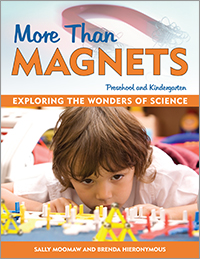 Interested in early childhood science education? Take a look at the sessions offered at the annual NAEYC conference this week in Washington, DC.
Interested in early childhood science education? Take a look at the sessions offered at the annual NAEYC conference this week in Washington, DC.
The NAEYC Early Childhood Science Interest Forum (ECSIF) will have our annual meeting, open to all, at the NAEYC conference. So if you are coming to the conference, join us for a lively discussion of the video clips we’ll be viewing of toddlers and preschoolers engaged in science activities. Come find out how you can participate in this Interest Forum and learn about efforts to develop a position statement on early childhood science education. Thursday 11/21/2013 at 5:00 PM - 6:30 PM in Room 146B Washington Convention Center.
The Saturday 8am conference session, “Defining science learning and teaching”, led by Ingrid Chalufour, Cindy Hoisington, Karen Worth, and Linda Froschauer, is top of my list because I want to know what these educators and researchers will tell us about what young children are capable of learning and effective strategies for engaging young children in scientific inquiry and conceptual learning.
If you can't make it to the meeting, stop by the ECSIF table at the Interest Forum Cafe and sign up to participate in the ECSIF and get email updates. Science and engineering learning begins with young children and we can support their explorations.
 Proposals are due on January 31 for the PA STEM Vision Conference
Proposals are due on January 31 for the PA STEM Vision Conference 
.jpg)
















